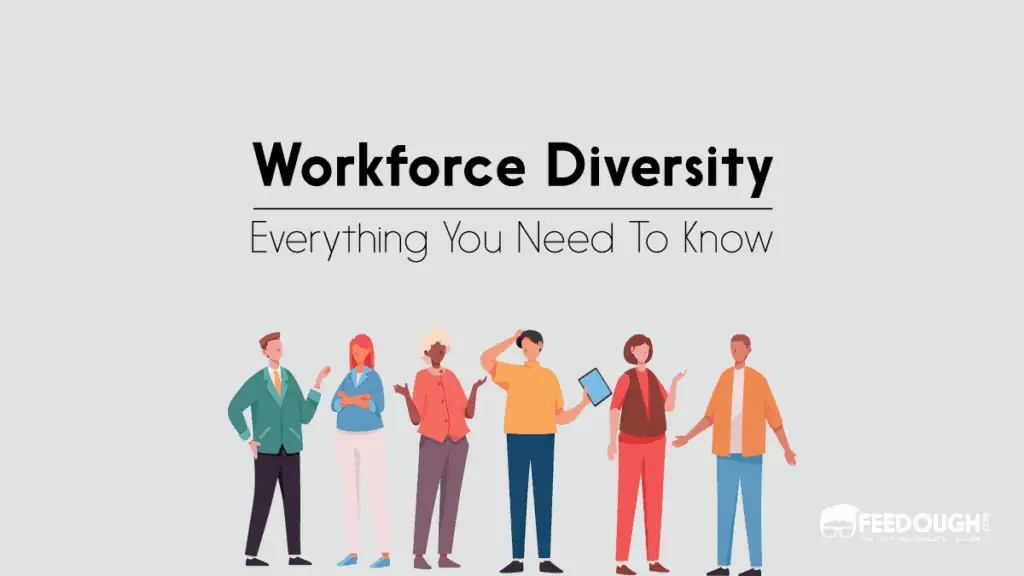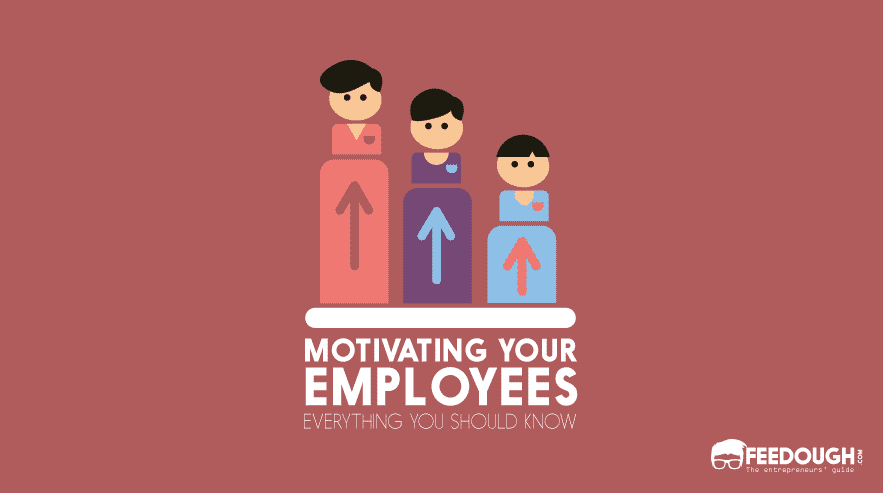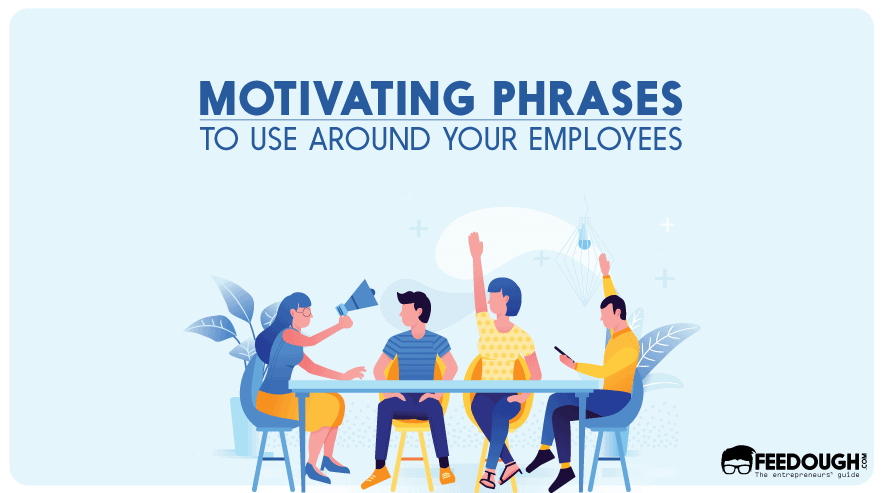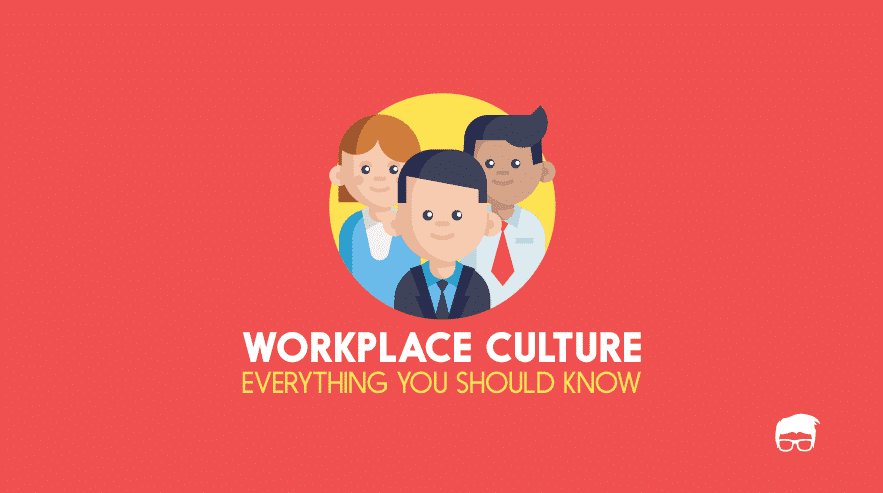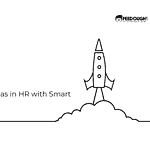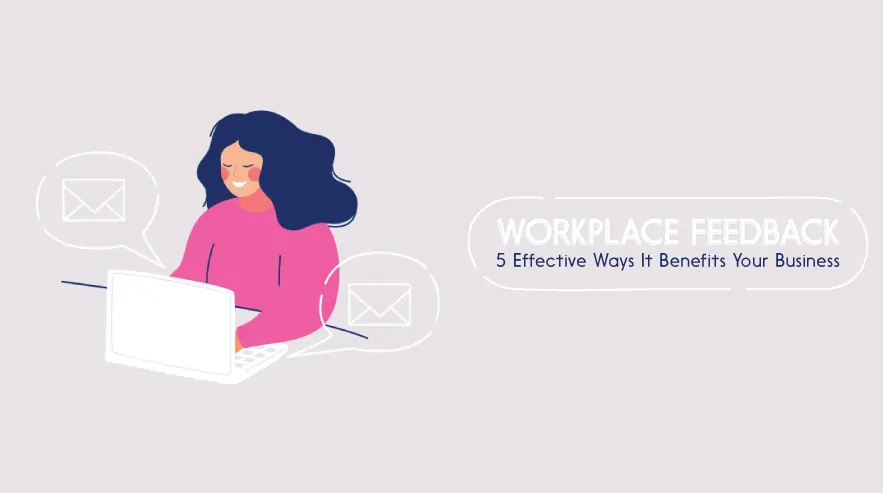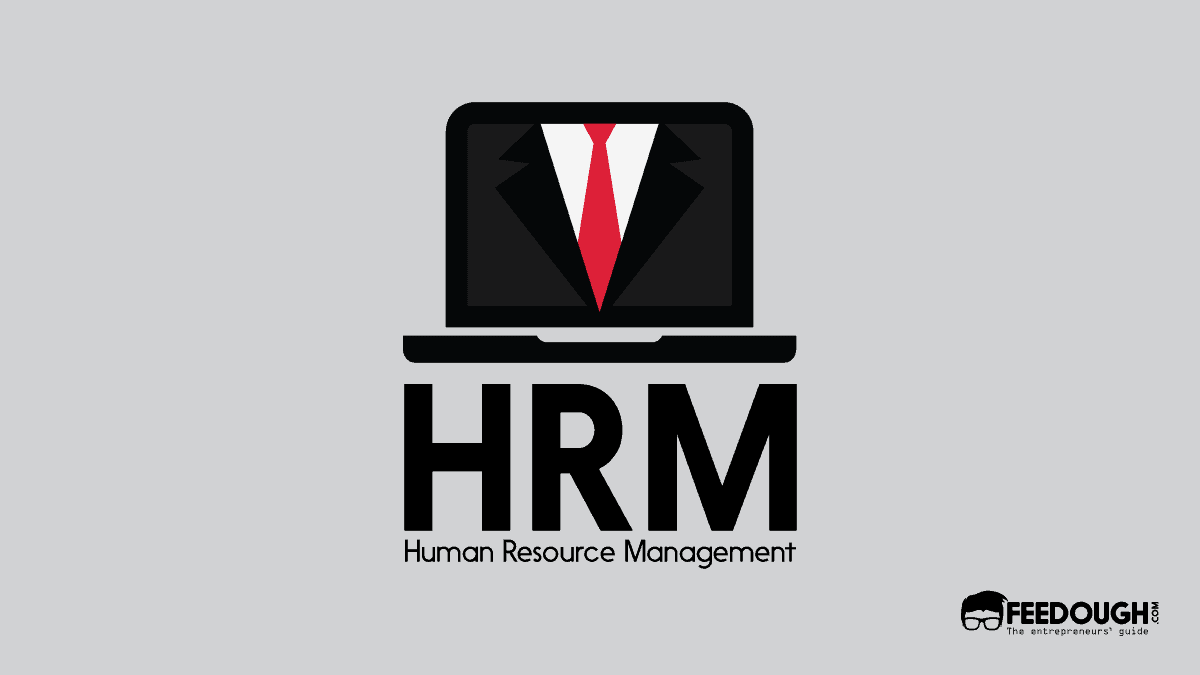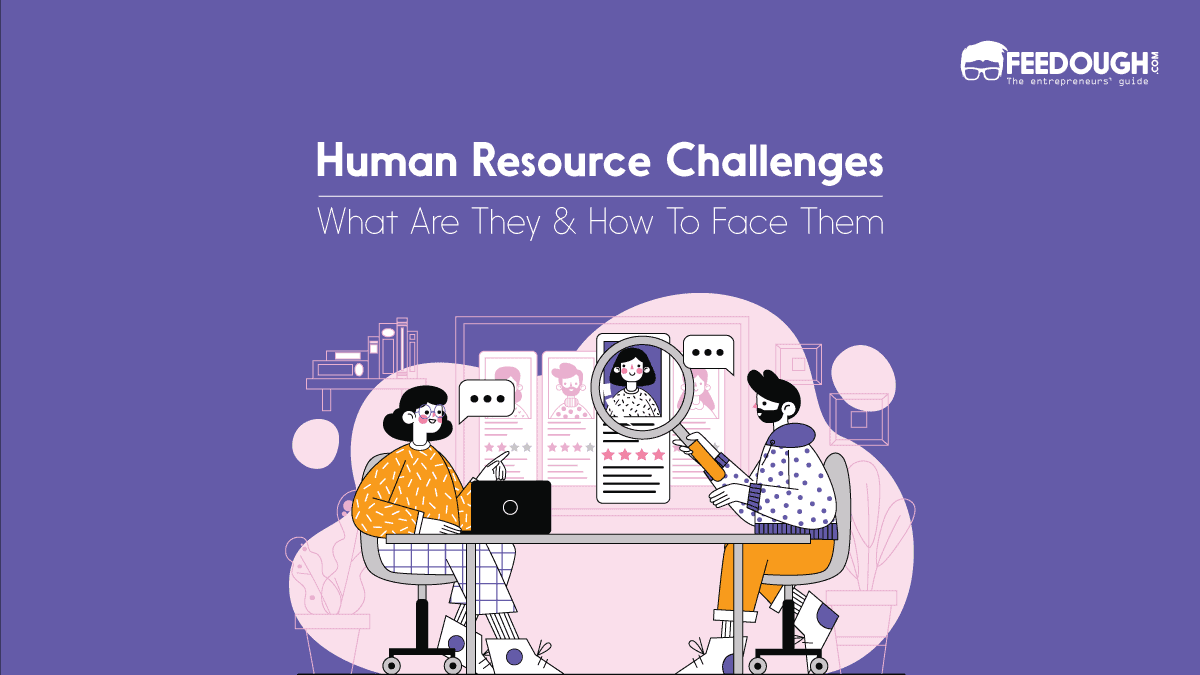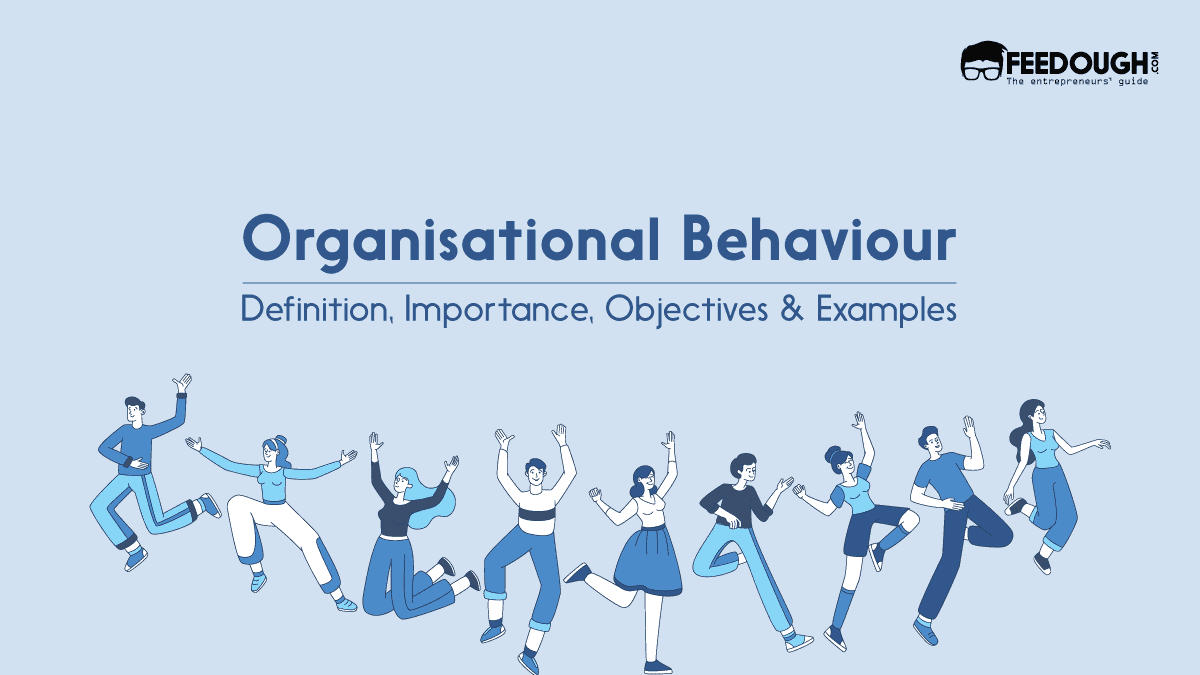A business is only as strong as its workforce. A diverse and inclusive workplace is one that can draw on the unique talents, backgrounds, and perspectives of all employees to drive innovation and better performance.
Moreover, an inclusive work environment is free from bias and harassment and where all employees feel respected, valued, and supported.
So, what is workforce diversity? Why is it important, and what are its challenges?
What Is Workforce Diversity?
Workforce diversity is the inclusion of employees from different backgrounds, races, cultures, genders, ages, religions, and sexual orientations in the workplace. It is also about including employees with different abilities and disabilities.
In simple terms, it refers to a diverse organisation with a heterogeneous workforce.
The concept of workforce diversity has evolved over the years as organisations have become more global and inclusive. In the past, workforce diversity was often thought of in terms of gender and race. However, today, the definition of workforce diversity has expanded to include a wide range of dimensions, including but not limited to gender, race, ethnicity, age, sexual orientation, religion, socio-economic status, ability, and skills.
What Is The Goal Of Workforce Diversity?
The goal of workforce diversity is to create a workplace that is inclusive and reflective of the community in which it operates.
By having a diverse and inclusive workforce, businesses can benefit from a wide range of perspectives and ideas, which can help them to be more innovative and competitive.
The Importance Of Workforce Diversity
Today, having a diverse workforce is important for a number of reasons:
- To Reflect The Community: In order for businesses to be truly representative of the communities they serve, it is important that their workforce is diverse. This is especially important for businesses that provide services to the community, such as healthcare and education.
- To Retain More Employees: A diverse workforce can help to retain employees. Employees are more likely to stay with an organisation if they feel that they belong and that their unique talents and perspectives are valued.
- To Attract Top Talent: A diverse and inclusive workplace is attractive to top talent. In a competitive job market, businesses need to be able to attract the best and the brightest if they want to be successful.
- To Address The Needs Of A Changing Labour Market: The labour market is changing and becoming more diverse. As such, businesses need to be prepared to meet the needs of a diverse workforce.
- To Better Understand Customers: In order to be successful, businesses need to understand their customers. A diverse workforce can help businesses to better understand their customers and the communities they serve.
- To Improve Their Reputation: A diverse and inclusive workplace is often seen as a good place to work. This can help businesses to attract new customers and to build a positive reputation.
The Types Of Workforce Diversity
Today, workforce diversity isn’t just about gender and race. There are a number of different types of diversity that businesses need to consider when creating a diverse and inclusive workplace. However, these can be grouped and categorised into four types:
- Internal Diversity: Internal diversity characteristics are those that the employees are born into. This includes gender, race, ethnicity, age, sexual orientation, religion, socio-economic status, and ability.
- External Diversity: External diversity characteristics are those that employees acquire from their experiences outside of work. This includes skills, education, life experiences, religious and cultural experiences, and international experience.
- Organisational Diversity: Organisational diversity relates to the characteristics within the workplace like job functions, management status, employment status, union membership, etc., that can create different perspectives and experiences.
- Worldview Diversity: The way different workers conceptualise world events, problems, and solutions is known as worldview diversity. These include political beliefs, moral values, and social attitudes.
Challenges Of Diversity In Workplace
Businesses need to be aware of the human resource challenges that can come with having a workforce that is diverse in terms of race, ethnicity, age, gender, sexual orientation, and ability. These challenges include:
- The Potential For Conflict: One of the challenges of diversity is the potential for workplace conflict. When people are from different backgrounds and have different perspectives, it is possible for them to clash. This can be a problem in the workplace, where productivity can be affected.
- The Need For Training: Another challenge of diversity is the need for training. Employees need to be trained on how to work with people who are different from them. They also need to be taught about the importance of diversity and how to create an inclusive workplace.
- Communication Barriers: Communication can be a challenge in a diverse workplace. This is because people from different backgrounds may not be able to understand each other. They may also communicate in different ways, which can lead to misunderstandings.
- The Risk Of Discrimination: There is always the risk of discrimination when there is a diverse workforce. This can be harmful to employees and can lead to a loss of productivity.
- Cultural Misunderstandings: Cultural misunderstandings can also be a challenge in a diverse workplace. This is because people from different cultures may not be familiar with the customs and traditions of others. This can lead to confusion and frustration.
Benefits Of Diversity In Workplace
Despite the challenges, there are also many advantages to having a workforce that is diverse. These benefits include:
- The Ability To Serve A Diverse Customer Base: A diverse workforce can help businesses to understand their customers and the communities they serve better. This is because they have employees from different backgrounds who can provide insights into different cultures.
- Increased Creativity And Productivity: When people from different backgrounds come together, they often spark new ideas and increase productivity. This is because they bring different skills, knowledge, and experiences with them.
- A Better Representation Of The Community: A diverse workforce can help businesses to represent the community they are in better. This is because they have employees from different backgrounds who can share their stories and experiences.
- Increased Cultural Awareness: A diverse workforce can help businesses to become more aware of different cultures. This is because they have employees from different cultures who can provide insights into their customs and traditions.
- Reduced Employee Turnover: Studies have shown that businesses with a diverse workforce have reduced employee turnover. This is because employees feel appreciated and valued when they are in an inclusive workplace.
- Attract And Retain Top Talent: Diverse workplaces are often more attractive to top talent because they provide an environment where people can feel included and respected.
- Improved Decision Making: Diversity can also improve decision making in the workplace. When there are different perspectives, businesses are more likely to make better decisions.
- Better Reputation: A diverse workplace can also lead to a better reputation for a business. It shows that it’s an organisation that values and respects all people.
What Is Workforce Diversity Management?
Workforce diversity management is the process of creating a workplace that is inclusive of all employees. This includes ensuring that everyone has an equal opportunity to succeed and be respected. It also involves creating policies and programs that support a diverse workforce.
Workforce diversity management is important because it can help businesses take advantage of diversity’s benefits. It can also help to reduce discrimination and promote a positive work environment.
There are many different ways to manage diversity in the workplace. Some of the most common methods include:
- Employee Training: Employee training is one of the most important tools for managing diversity in the workplace. This is because it helps employees to understand and appreciate the benefits of diversity. It can also help to reduce discrimination and increase understanding of different cultures.
- Diversity Policies: Diversity policies are directed at ensuring that everyone in the workplace is treated fairly and with respect. These policies can help to reduce discrimination and create a more inclusive environment.
- Diversity Programs: Diversity programs are designed to promote inclusion in the workplace. These programs can include things like mentoring, networking, and professional development.
- Communication: Communication is essential for managing diversity in the workplace. This is because it helps to ensure that everyone is on the same page and that there is a mutual understanding of the goals and objectives.
Workforce diversity management is a process that should be ongoing. This is because the workforce is constantly changing and evolving. As such, businesses need to be adaptable and flexible in their approach to diversity.
Go On, Tell Us What You Think!
Did we miss something? Come on! Tell us what you think about our article on workforce diversity in the comments section.
A startup consultant, digital marketer, traveller, and philomath. Aashish has worked with over 20 startups and successfully helped them ideate, raise money, and succeed. When not working, he can be found hiking, camping, and stargazing.
